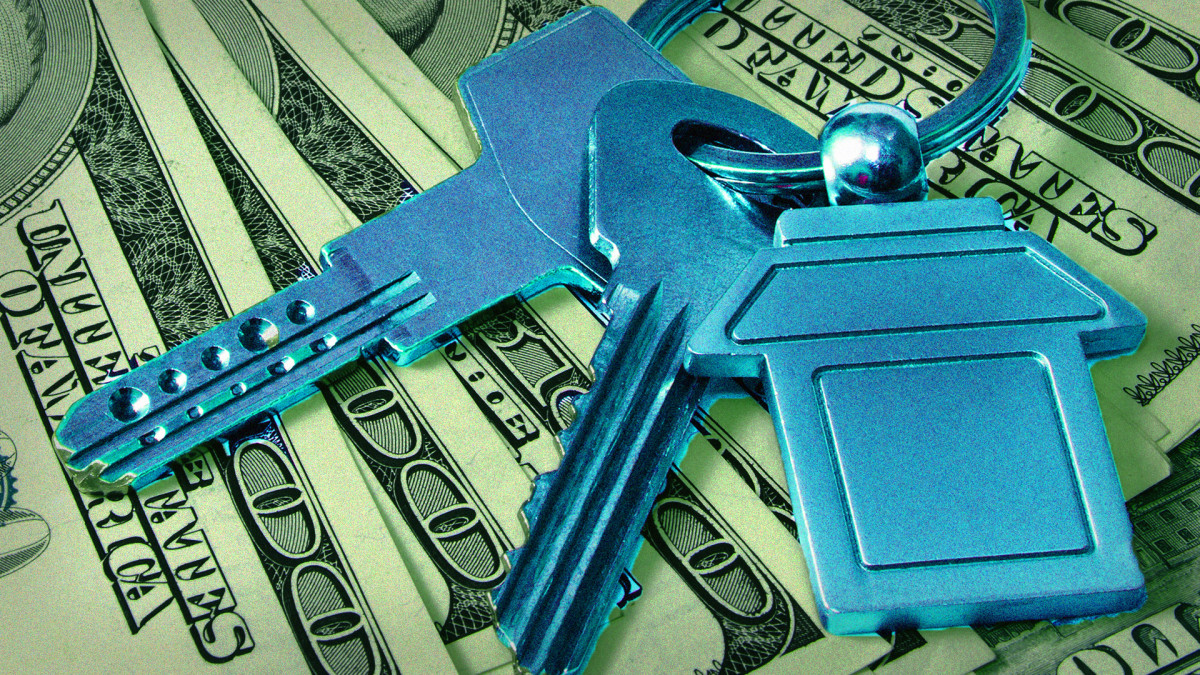TheStreet
Can NFTs change the way lenders and borrowers originate, transfer, and track mortgage transactions?
Most readers will have heard about or even dabbled with AI-generated NFTs. You create these AI artworks in two steps—first, a computer derives a raft of illustrations by mashing up images found via search terms, and then, an AI classifier finds the best matches for your criteria. Once you select a piece you like, an NFT is then “minted” to create an immutable record of its existence, including all appropriate metadata, and “tokenised” so it can be bought, sold or traded in a marketplace.
Looking beyond NFTs for artworks or collectables, many applications emerge with the same digital provenance characteristics: the ability to uniquely identify an asset, create a non-tamperable record of its metadata, provide a mechanism for it to be bought, sold and traded, and share access to the asset’s metadata over time. Mortgages, for example, require an immutable record of ownership and value to enable origination and transfer, which we can now digitally enable with blockchain technology.
Develop a network of professionals exploring the potential of NFTs in Oxford’s Blockchain Strategy Programme, powered by Esme Learning. Don’t miss out—registration closes on January 24th, 2023.
A brief overview: With NFT-based mortgages, borrowers and lenders use NFTs to store mortgage metadata (such as lien information—the record of who technically owns the mortgaged property until the borrower’s debt is paid off—borrower data, and the mortgage’s history of transactions) on the blockchain. Since NFTs, or non-fungible tokens, are unique digital assets that users can’t replicate or exchange, malicious actors can’t forge NFT-based mortgage papers or alter critical mortgage data. As a result, NFT-based mortgages are generally secure, guarded, and free from error compared to their paper-based counterparts. As you can imagine, by reducing reams of paperwork, they also speed up the lending process.
Seventy percent of all mortgages change hands from their original lender, sometimes within days of finalising the transaction. In fact, a particular mortgage might change hands multiple times over its lifecycle. Often a lender will sell a loan but continue to service it; banks even invest in mortgage-backed securities (MBS). But each time a mortgage or part of a mortgage changes hands, borrowers and lenders face potential errors or losses, and borrowers typically take the hit, having little to no visibility or participation in these transactions.
To provide a short sampling of some of the NFT-based mortgage technologies currently on the market, here are three companies breaking ground in the space:
Although NFT-based mortgage solutions like those offered by Liquid Mortgage, Brightvine, and Figure have the potential to make mortgages more accessible, transparent, and traceable, fintech leaders still face a set of challenges specifically associated with NFTs:
If fintech leaders address these challenges of NFT-based mortgages, however, loan originators, investors, lenders, and buyers may find blockchain a welcome alternative to current mortgage systems.
Want to learn more about NFT-based mortgages? Esme Learning designs and develops executive education programmes in partnership with leading universities and corporations from around the world. Browse our full list of programmes in artificial intelligence, blockchain, cybersecurity, digital disruption, and digital finance at Esme Learning.



